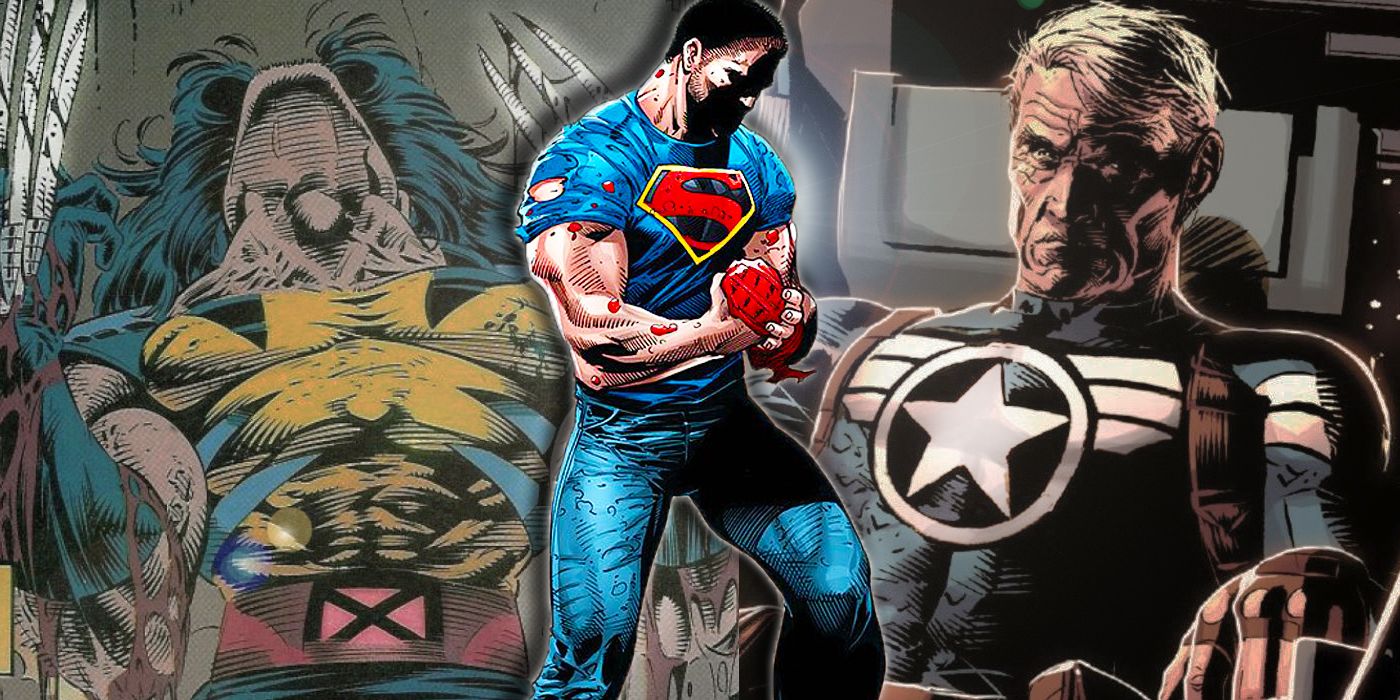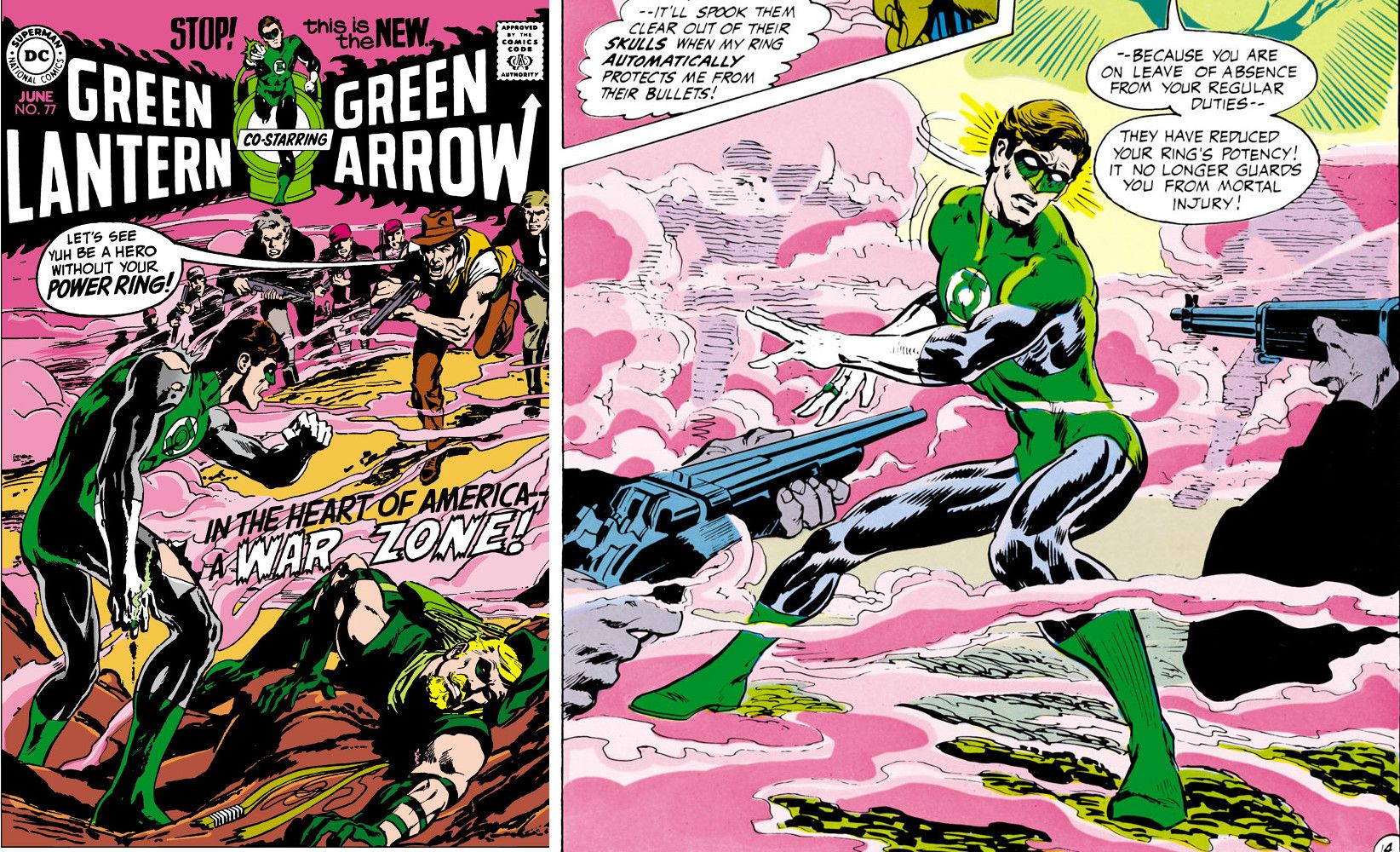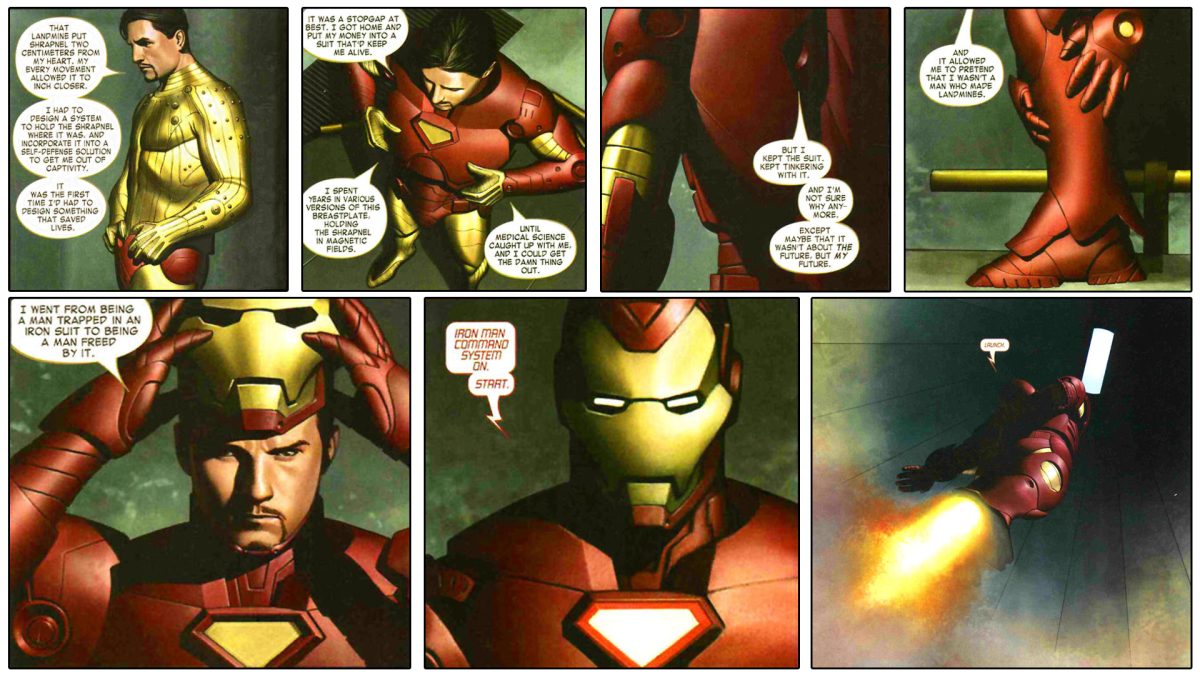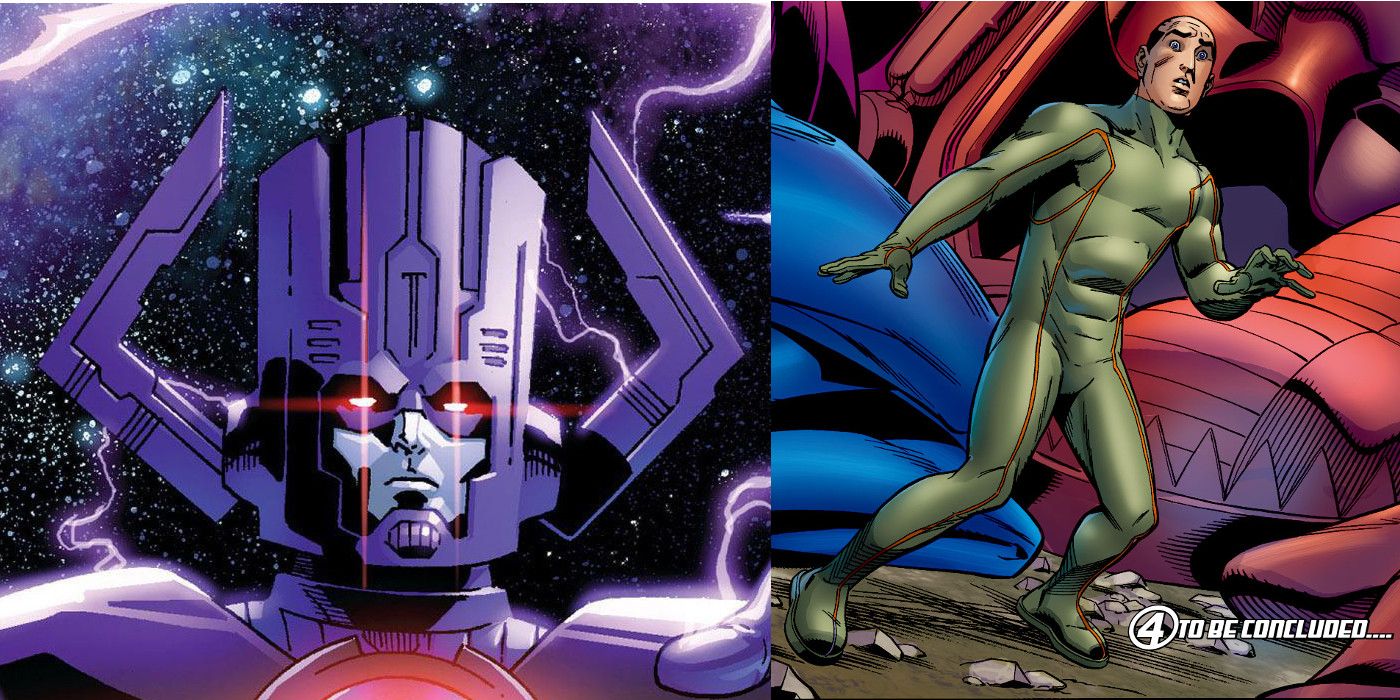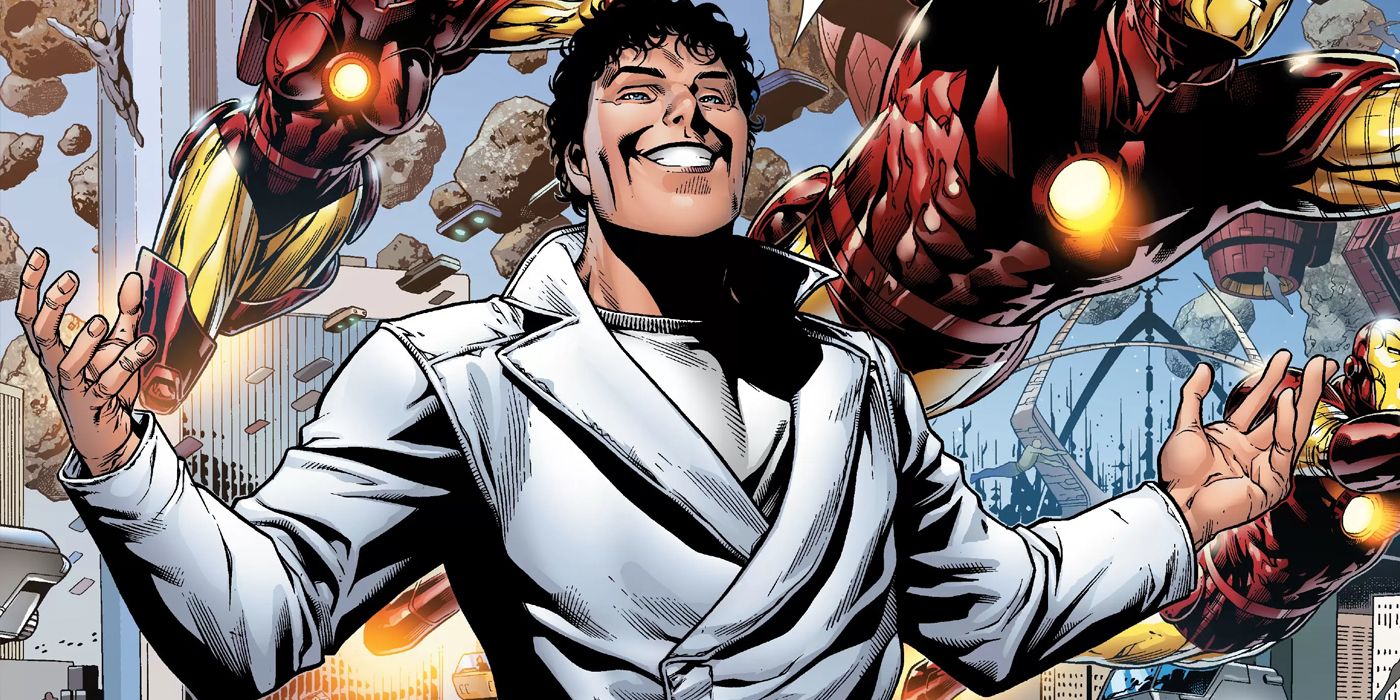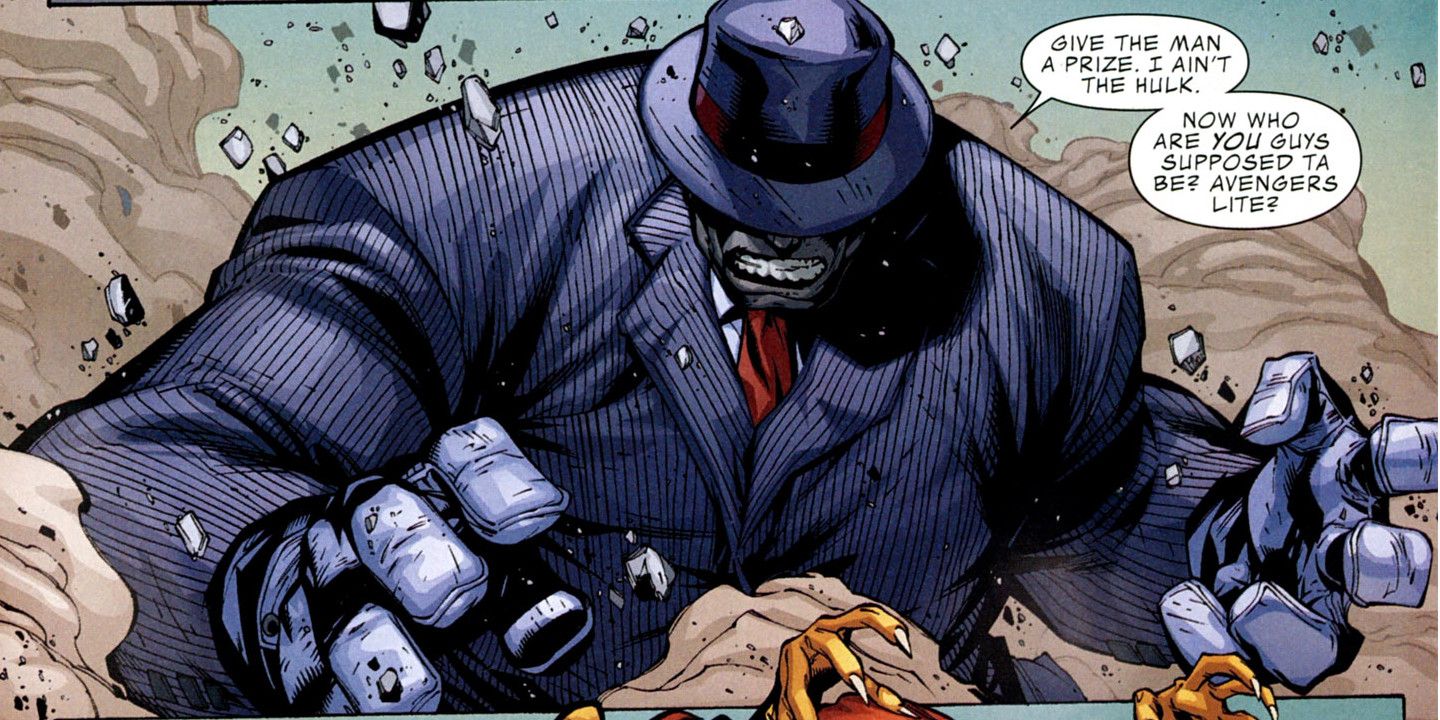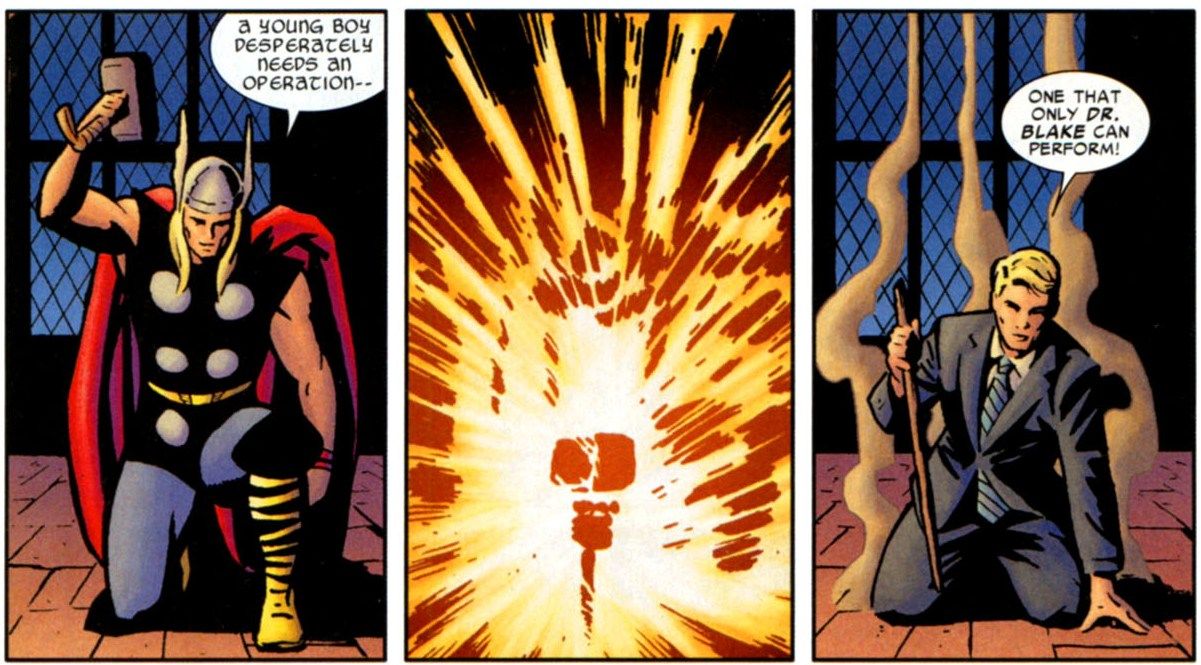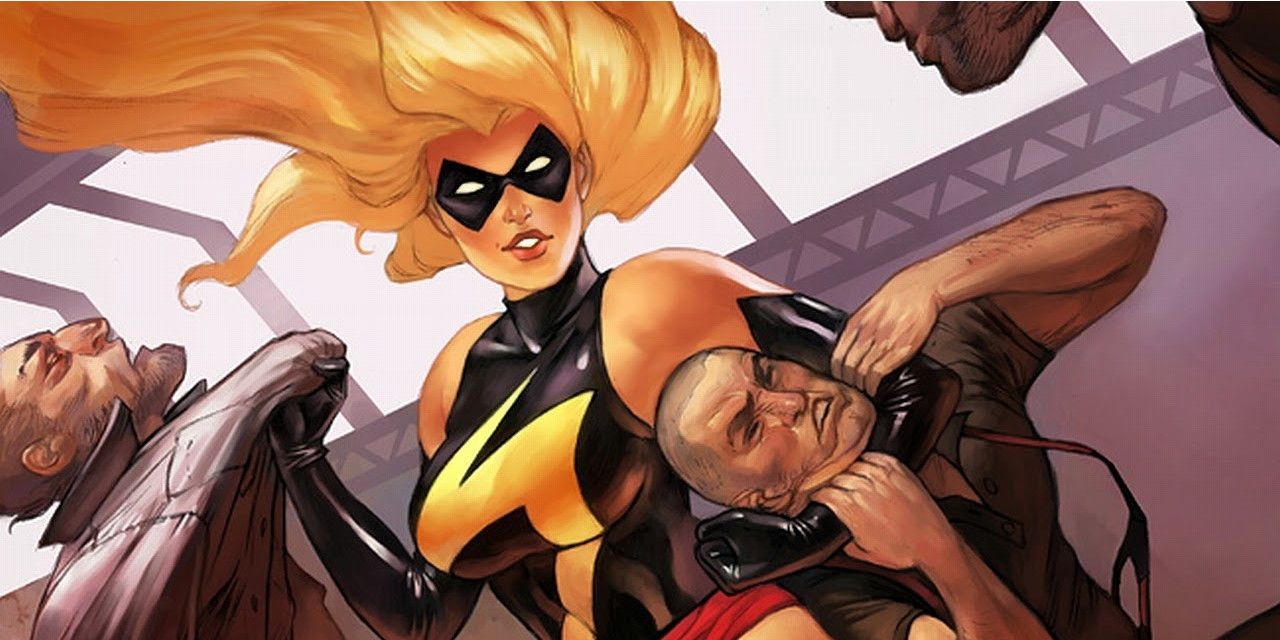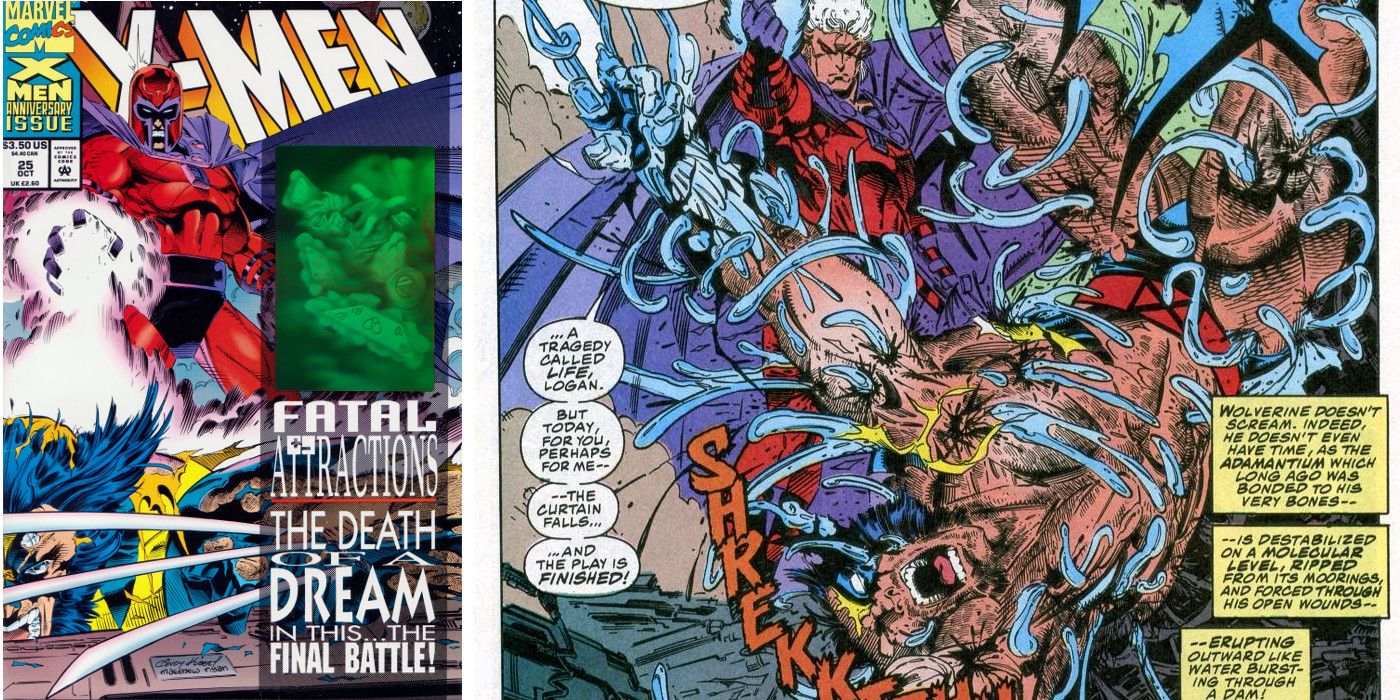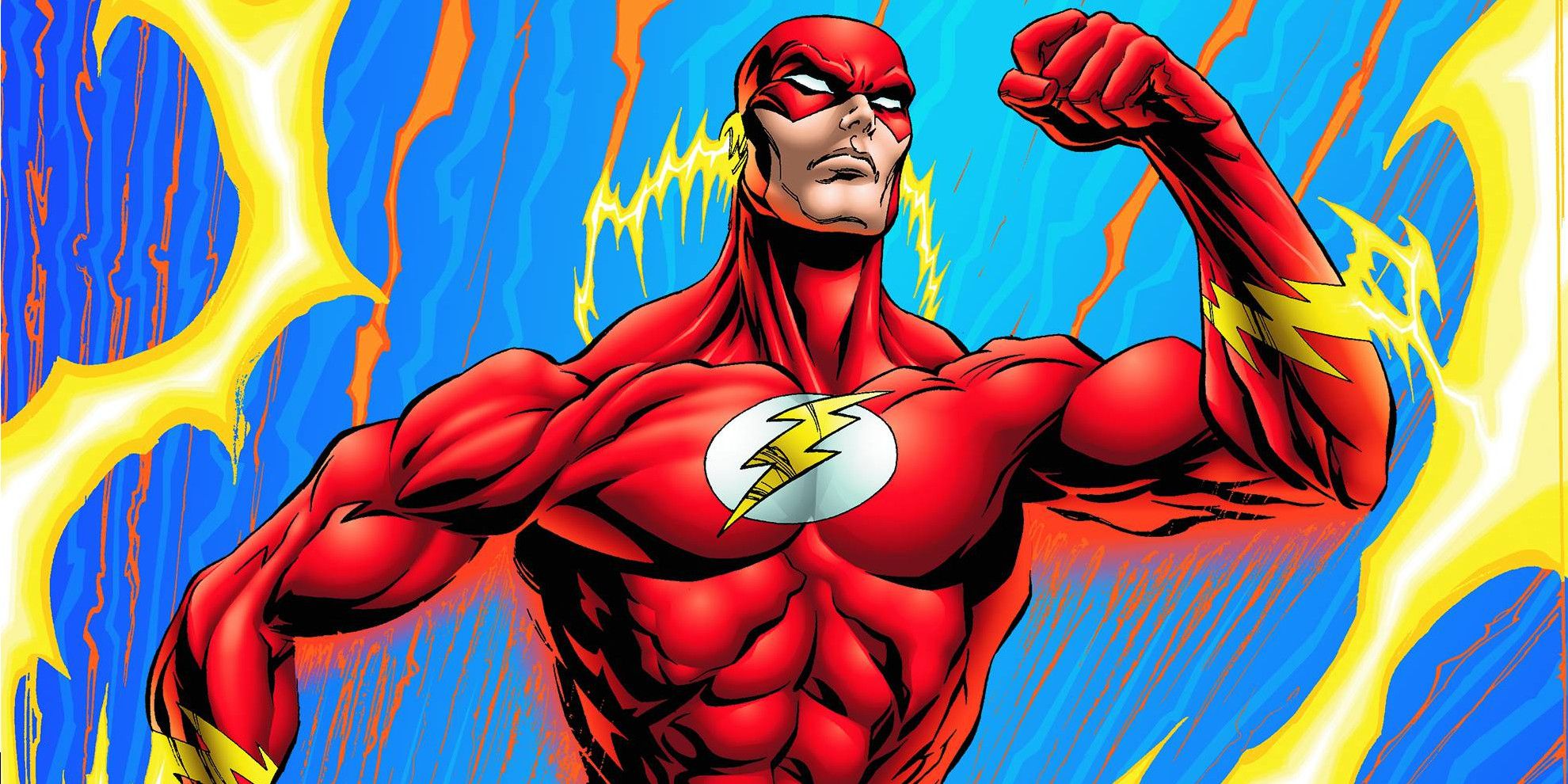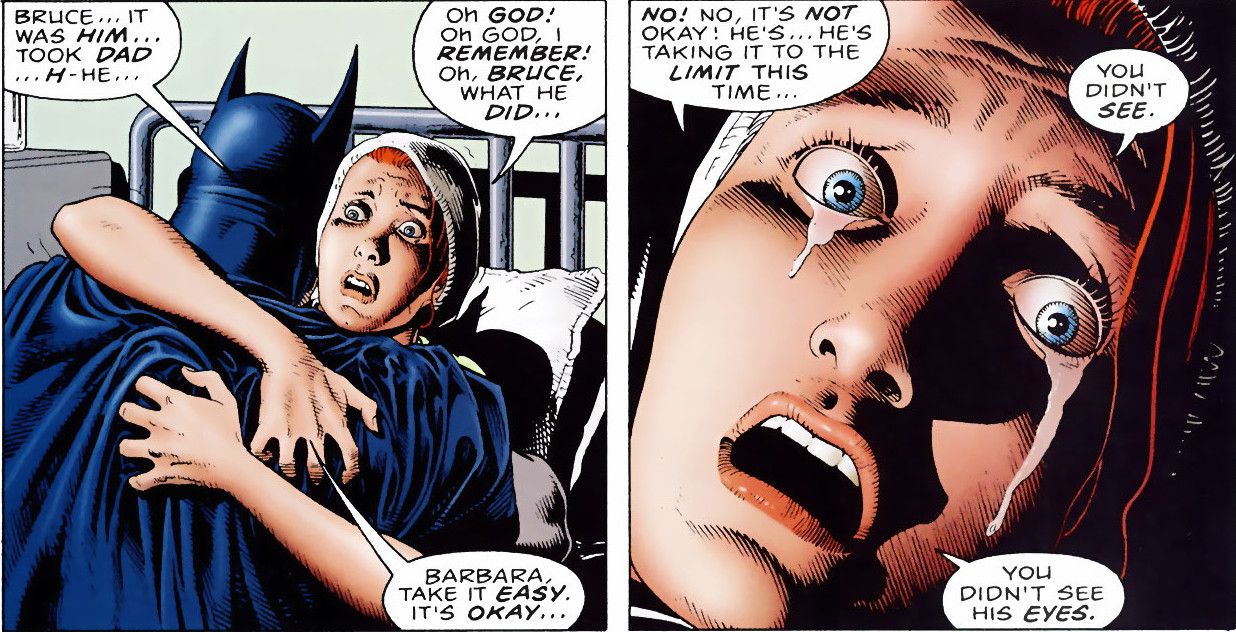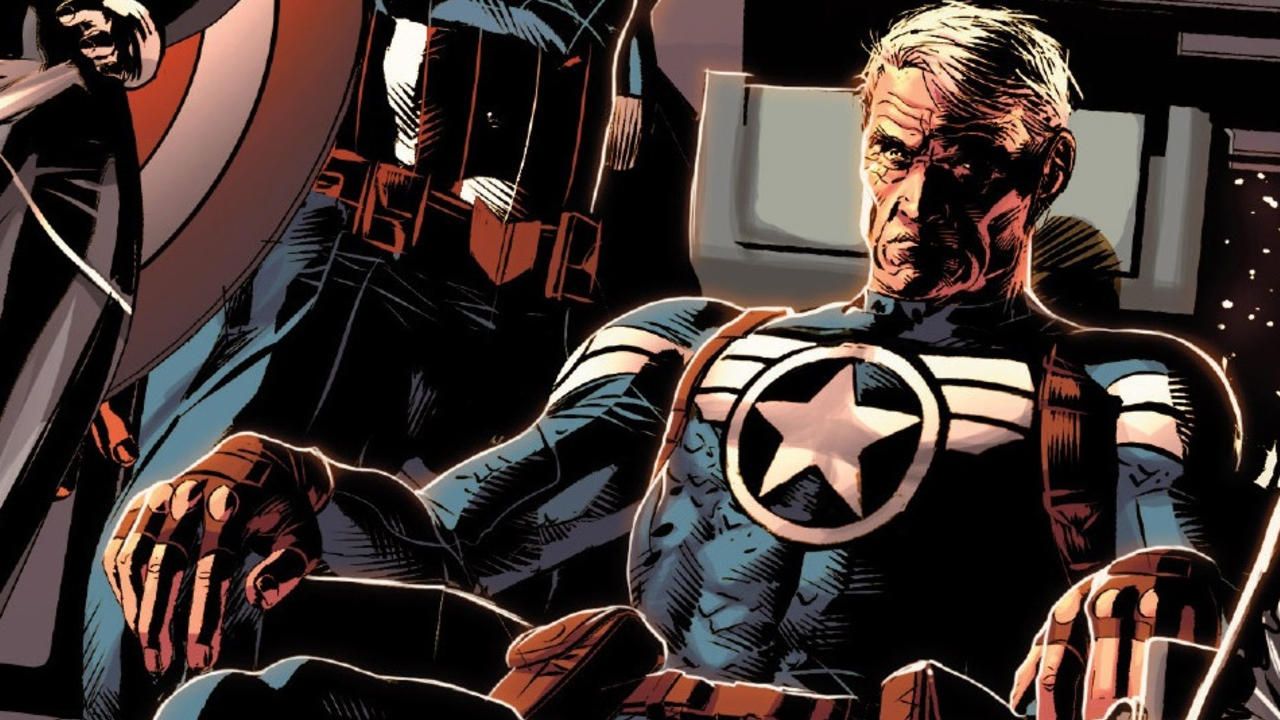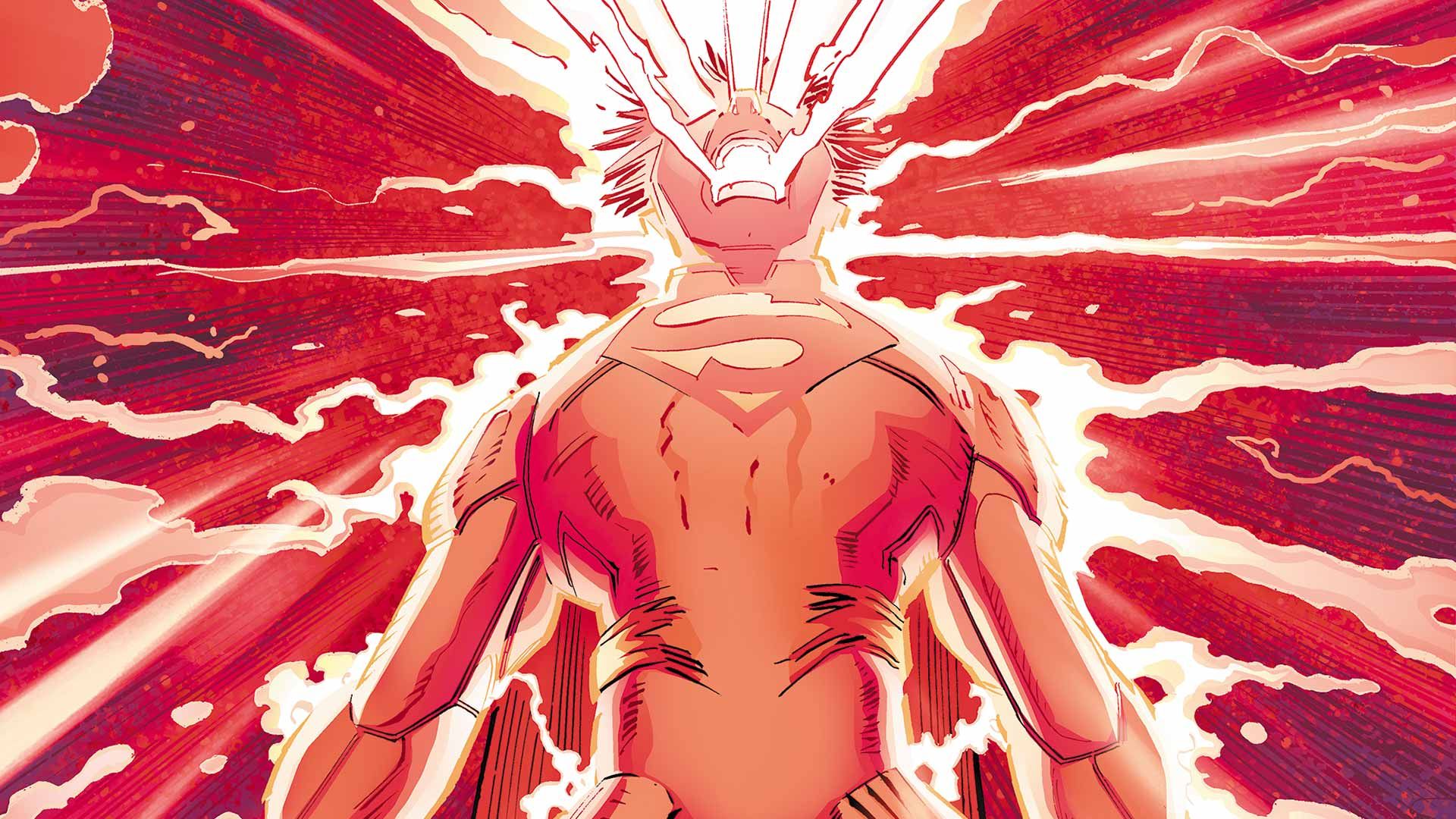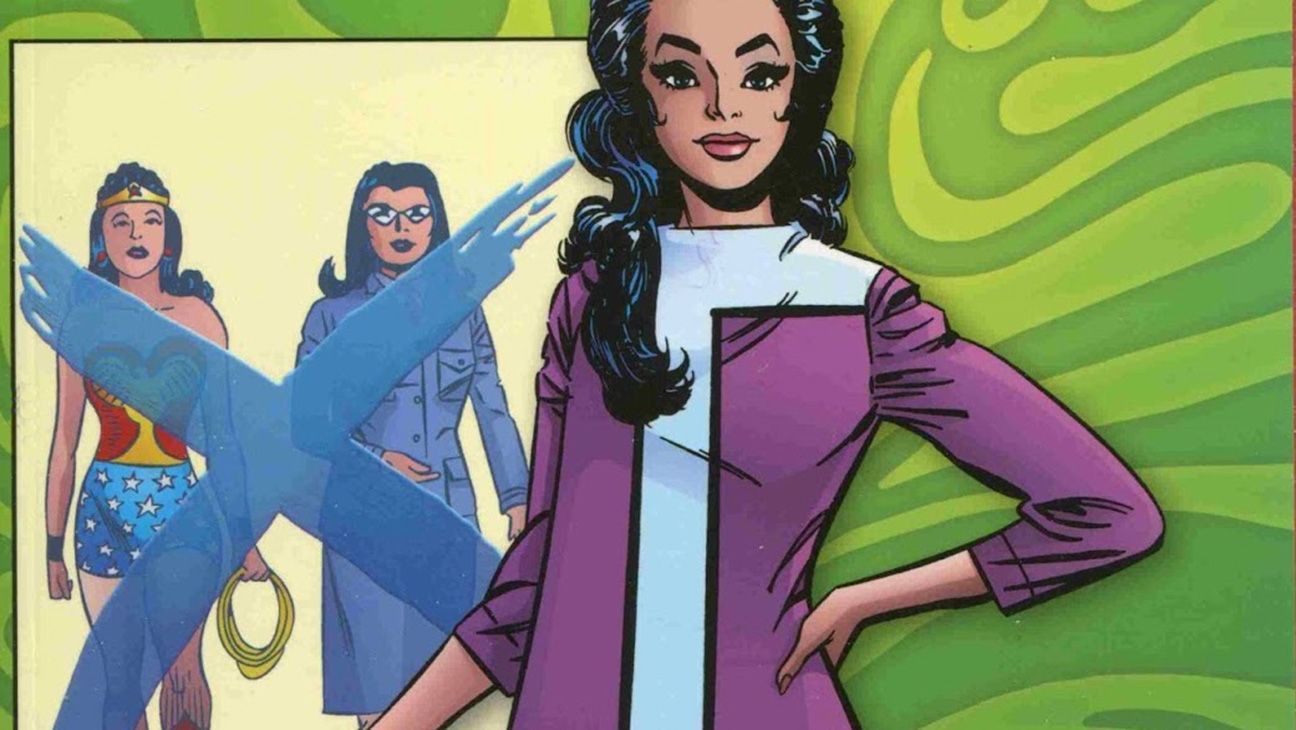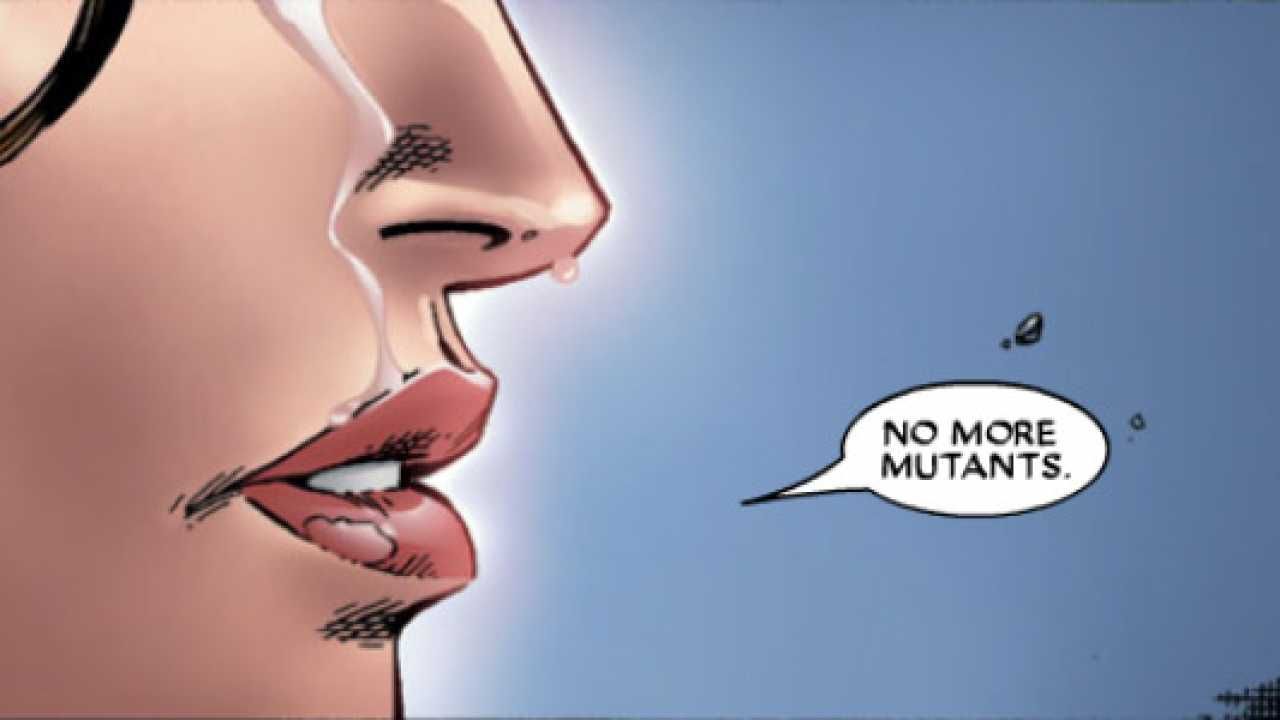Power doesn't always make the hero -- fighting skills, gadgets, the desire to help others, and sometimes a tragedy in one's past are part of the package, too -- but power certainly helps. With their powers, heroes can battle hordes of henchmen and defeat invading armies and armadas. The ones who are a bit stronger can command nature's elements, battle scores of alien attackers and terraform alien worlds. The more powerful can lay waste to whole planets, destroy a universe or two, and can even alter reality, if not end all of existence.
RELATED: 15 STUPID Powers That Are Actually SUPER POWERFUL
But on the flip side, some have found their power scaled back -- in some cases, way way back, down to ordinary human strength, or even to infancy. And for some, the power loss didn't stop there, with the heroes finding themselves dealing with incapacity -- or paralysis. Here are 15 examples of super-beings who, through machination or machinery or their own failure -- found out the hard way what it is like to be less-than-super.
15 GREEN LANTERN
In 1970, the ailing Green Lantern comic got a shot in the arm (in some cases literally) by sending the title hero on a quest to find America with buddy Green Arrow, who gained co-cover billing with issue #76 (April 1970). The "Hard Traveling Heroes" stories, written by Dennis O'Neil and drawn by Neal Adams, brought superheroing down to the grass roots, with a series of arguments about social issues that always put Green Lantern, representing the establishment, on the losing side.
Making the trip meant Green Lantern wasn't patrolling the spaceways, and in issue #77 (June 1970), he found his power ring failing when he, Green Arrow and their Guardian companion Appa Ali Apsa encountered miners about to go on strike against a corrupt mine owner. Later, Green Lantern is told by the Guardians his ring will not protect him from mortal harm -- during a fight against the miner's enforcers.
14 IRON MAN
Tony Stark has come a long way since he made his first Iron Man armor from spare parts while in captivity, in Tales of Suspense #39 (March 1963). By the 21st century, Stark's armor had increased in power, armament and sophistication. In Invincible Iron Man (Vol. 4) #1 (January 2005), Iron Man faces the terrorist Mallen, who has enhanced strength, durability, stamina and speed derived from the Extremis virus, which makes the body generate new tissue.
Battered near-to-death from the fight, Iron Man takes a dose of Extremis so he can heal, but modifies it to link with his armor. This turns him into a powerhouse with a healing factor who can interface with computers and stores his armor within his skeleton. In the "Secret Invasion" crossover (April-December 2008), the Skrulls invade Earth and launch a virus that disables all Stark-based technology -- including the Extremis within Stark's body.
13 GALACTUS
The all-powerful world-devourer Galactus gained his cosmic stature eons in the past, the sole entity surviving the "Big Crunch" that formed the current universe, as first revealed in Thor (Vol. 1) #169 (October 1969). The need for Galactus to sustain himself by devouring planets for their life energy has left a trail of destruction throughout the cosmos -- as well as throngs of survivors seeking revenge, or at least seeking ways to thwart him.
In Fantastic Four #520-#523 (October 2004-April 2005), a band of survivors has found one way, with technology that shields viable planets from Galactus' attention. Galactus appoints the Human Torch as his herald, who is unwilling to take Galactus to inhabited planets. The Torch does his best to stall, and with the power cosmic granted him by Galactus, guides Mr. Fantastic and Quasar in making a device that turns Galactus back into his human form.
12 STORM
The mutant Storm was worshiped as a goddess thanks to her ability to manipulate the weather. But for a time, she was rendered powerless from an attack meant for someone else. In Uncanny X-Men #185 (September 1984), National Security Council operative Henry Peter Gyrich has commissioned the mutant inventor Forge to create a weapon designed to neutralize superpowers. Gyrich sends federal agents to capture Rogue, who had broken into the S.H.I.E.L.D. helicarrier in issue #182.
In the fight to capture Rogue, Forge tries to stop Gyrich from firing, but only deflects his shot. Storm is hit instead of Rogue. Forge rescues Storm, nurses her to health, and helps her cope with the change. They develop feelings for each other -- until she learns he was at fault for her power loss in the first place.
11 THE BEYONDER
The Beyonder, one of a race of beings of immeasurable power, is off-screen in the first Secret Wars (May 1985-April 1985), but adopts a human form in Secret Wars II (July 1985-March 1986) and comes to Earth to understand and relate to mortals. After a series of adventures, all the heroes of Earth are allied against him in Secret Wars II #9 (March 1986). As the story winds down, the Beyonder creates and uses a machine to revert his human form to that of a baby but keep his omnipotence.
While in that state, the assembled heroes argue over whether to kill the Beyonder to end his threat. While they debate, the Molecule Man strikes, killing the baby. But the energies contained in the Beyonder's being erupted and the Molecule Man steered them to another dimension, forming a new universe.
10 MR. FIXIT
It's a favorite maxim of the not-so-jolly green giant: "The madder Hulk gets, the stronger Hulk gets," although the upper limit of that strength is undetermined. In his original form, first seen in in The Incredible Hulk #1 (May 1962), the Hulk was grey, becoming green the next issue. It was more than 20 years before the grey Hulk was seen again in the Marvel Universe, in The Incredible Hulk (Vol. 2) #324 (October 1986), when alter-ego Bruce Banner was reintegrated with the Hulk, after they were separated in issue #315 (January 1986).
Incredible Hulk #347 (September 1988) brings in Joe Fixit, who worked as enforcer for Las Vegas casino owner and mobster Michael Berengetti. Joe Fixit is smaller, not as powerful as Big-Green-and-Stupid Hulk, not as brilliant as alter ego Bruce Banner, but he possesses pretty great strength and greater cunning. So while it's not a full power-loss, it was a significant one, and a bone of contention for Fixit whenever it was brought up.
9 THOR
As the scion of Odin, Thor was a godling who wielded a mystical hammer and had the power to control lighting. He also was brash and headstrong, often getting into brawls and worse. To teach his son humility, Odin enchanted Thor, sending him to Earth to live as a mortal with a bad leg and no knowledge or memory of his abilities. Thor believed himself to be Donald Blake, a physician with a private practice and a nurse, Jane Foster, on his staff.
In Journey Into Mystery #83 (August 1962), while on vacation in Norway, Blake witnessed advance scouts from an alien invasion. Running into a cave to hide, he found a gnarled stick that, when struck, transformed him into Thor. It wasn't until Thor #159 (December 1968) that Odin revealed to Thor that the Donald Blake guise was an enchantment.
8 MS. MARVEL
Ms. Marvel had a rough run of luck, starting with Avengers #200 (October 1980), where she was manipulated and impregnated by Marcus Immortus, bearing him as her son and going to Limbo with him as the Avengers did nothing to stop him.
In Marvel Super Heroes #11 (Fall 1992), Ms. Marvel is set upon by Rogue, then a member of the Brotherhood of Evil Mutants. At the time, Rogue had less control of her power-absorbing abilities, and her contact with Ms. Marvel goes much further than intended. Rogue permanently drains Ms. Marvel's power and her personality, leaving her mind a blank slate. Her mind, although not her memories, are restored in Avengers Annual #10 (1981), in a story by Chris Claremont that was a pretty blunt rebuke to Avengers #200.
7 WOLVERINE
Wolverine's innate abilities as a hunter and fighter were enhanced by the adamantium added to his skeleton during his days in the Weapon X program. But in the "Fatal Attractions" crossover through the X-Men titles in July-November 1993, that came to a bitter end. Magneto takes over a space station to establish a mutant homeworld. The United Nations retaliates with a satellite network to neutralize his powers, and Magneto destroys those with a worldwide electromagnetic pulse.
RELATED: De-Clawed: 15 Times Wolverine’s Healing Powers FAILED
An X-Men strike team wages an assault on Magneto, and in the battle, Wolverine wounds Magneto. In X-Men (Vol. 2) #25 (October 1993), Magneto painfully pulls all the adamantium in Wolverine's body out through his open wounds. Worse, Wolverine's healing factor is overwhelmed and burns out temporarily. This would not be the last time his healing factor would fail him, of course, as it was a recurring happenstance that most recently led to his (current) death.
6 THE FLASH
When Wally West first became Kid Flash, in The Flash #110 (December 1959) -- duplicating the million-to-one odds of getting struck by lightning while bathed in an array of chemicals -- he had the same speed and powers as his uncle and elder counterpart, Barry Allen. West became an adventurer and a founding member of the Teen Titans. But because he was a teenager when he got his powers, he was affected differently, and over time suffered intense pain the more he used his abilities.
In Crisis of Infinite Earths #12, Kid Flash is hit by a blast of anti-matter energy. This alters his physiology, curing his pain but limiting him to the speed of sound, when previously he could reach the speed of light. West takes on the mantle of The Flash after Allen dies. Later, West would discover the Speed Force and how to tap into its energies.
5 BATGIRL
Batgirl was a welcome addition to the Batman family when she debuted in 1967 in two mediums -- on the Batman TV series and in Detective Comics #359 (January 1967). Batgirl was Gotham Police Commissioner James Gordon's daughter, Barbara, and went from being the head of Gotham City's Public Library to a member of Congress.
But by the 1980s, Gordon's interest in continuing as Batgirl was waning. In Crisis of Infinite Earths #4 (July 1985), she confesses to Supergirl that she was overwhelmed by the death and turmoil. After that, Babs hung up the cowl. But in 1988's Batman: The Killing Joke, Gordon answers the door while visiting her father and is shot in the pelvis by The Joker, leaving her paralyzed. Sure, she didn't have superpowers, but to Barbara, losing her physical abilities was almost the same thing. Luckily, she more than made up for it in her incredible turn as the heroic Oracle.
4 CAPTAIN AMERICA
The process that turned 98-pound weakling Steve Rogers into Captain America kept him vigorous and young. But in Captain America (Vol. 7) #21 (June 2014), a fight with the Iron Nail has a devastating result: the Super Soldier Serum is drained from his system, and his body changes to its true physical age of about nine decades.
This happened briefly in Captain America (Vol. 1) #225 (September 1978), when his body shut down the serum while he was undergoing a procedure to retrieve his memories. And in the "Streets of Poison" storyline in #372-#378 (July-October 1990), Cap is exposed to a designer drug that reacts badly with the serum, so he has a blood transfusion to remove it from his system. He kept up his physical training to continue as a hero, but learned the serum is self-replicating.
3 SUPERMAN
The notion that Superman's power levels need to be brought down is something creators have imposed on the character multiple times. The "sand Superman" tale in Superman (Vol. 1) #233 (January 1971) supposedly cut his strength by up to a third, but that didn't last. The post-Crisis revamp in 1986 gave us a Superman unable to fly into space under his own power and not strong enough to push planets out of orbit.
In the New 52, Superman #38 (April 2015) takes a different tack, introducing a new ability: the super flare. As Superman's powers derive from solar radiation stored in his body, he learns he can expel it all in one massive blast. Problem is, doing so burns up everything in range -- up to a quarter mile. Also, it leaves Superman no stronger than a human until his body recharges, which can take 24 hours or so.
2 WONDER WOMAN
Wonder Woman lost her stature and powers in a storytelling experiment that persisted for five years. The saga begins in Wonder Woman #179 (November-December 1968) with Queen Hippolyta explaining to Diana that the Amazon homeland would be shifting to another dimension so they may "rest and renew our powers." Wonder Woman opts not to join them.
In short order, she undertakes the Rite of Renunciation, declaring "I hereby relinquish all mystic skills" and "willingly condemn myself to the travails of mortals." Then she meets I Ching, a blind mystic who tutors her in karate, because, apparently, renouncing her mystic skills meant she also lost her Amazonian combat training. For good measure, Steve Trevor was shot dead in issue #180. Diana becomes a globe-trotting adventurer a la Emma Peel of TV's The Avengers, until she was back in costume by #204 (January-February 1973).
1 HOUSE OF M
The August 2004-January 2005 "Avengers: Disassembled" crossover, in which the Scarlet Witch goes berserk and decimates the team -- with the mansion destroyed, Jack of Hearts and Hawkeye dead, and Ant-Man seemingly so -- leaves the surviving Avengers and X-Men in a quandary about what to do. In the crossover "House of M," Wanda forces their hand by warping all of reality, creating the family of the title.
The Avengers and X-Men held a summit to figure whether the only solution was to kill her, but couldn't reach consensus. Quicksilver overheard the discussion and went to Magneto, who dithered. A later battle between the heroes and the House of M resulted in Magneto battering Quicksilver to death. Wanda restored him to life, and then lowered the boom: "No more mutants." With that declaration, the numbers of mutants in the entire world dropped from the millions to a few hundred.
Can you remember any other notable superhero depowerings? Let us know in the comments!

